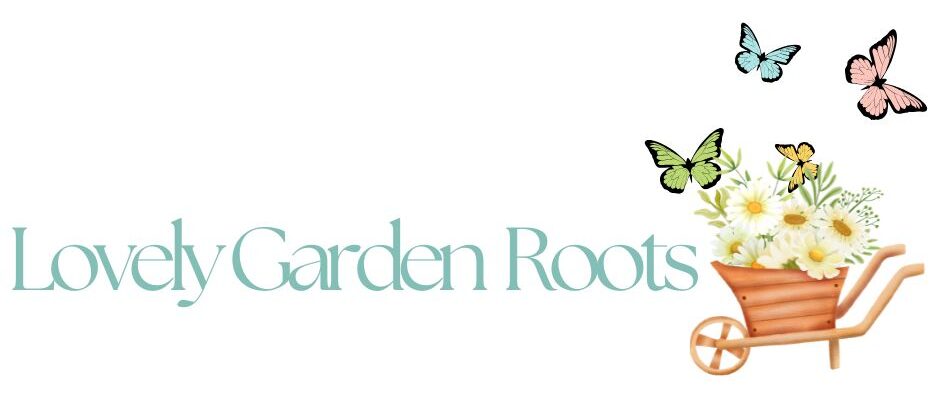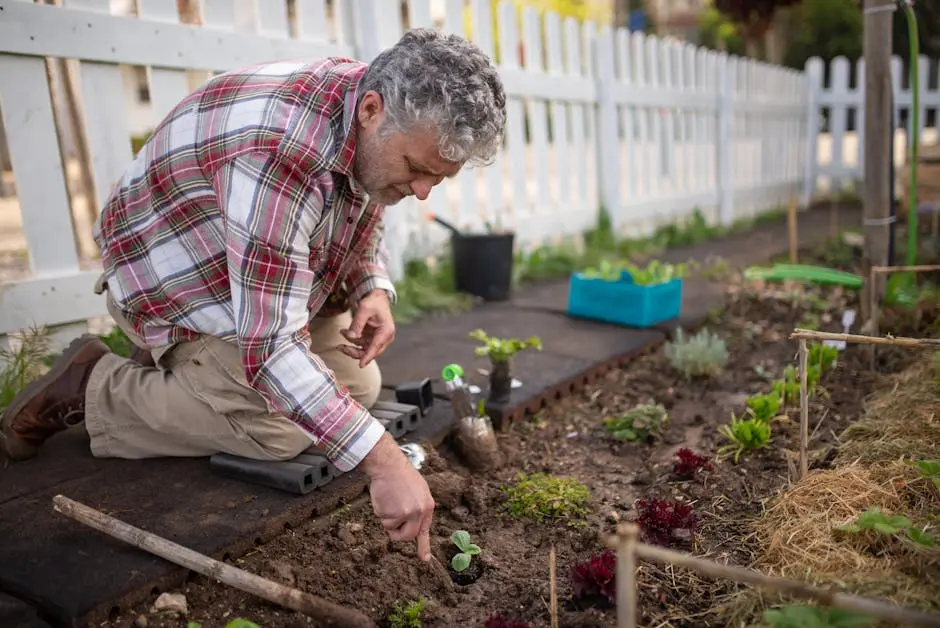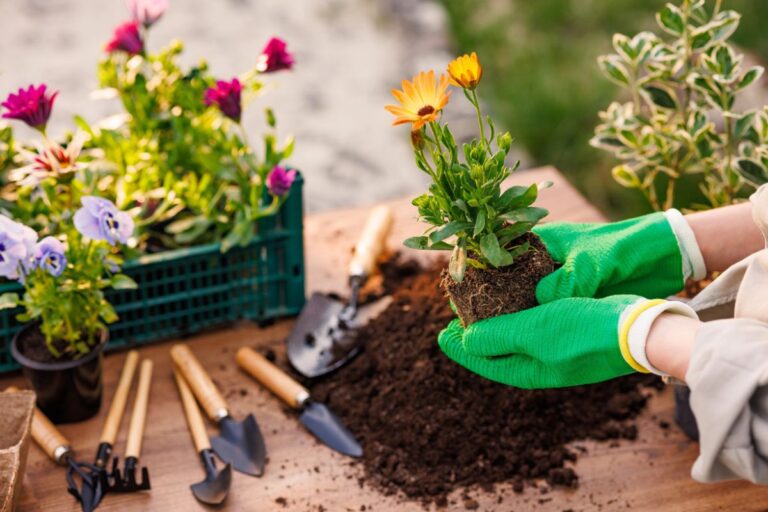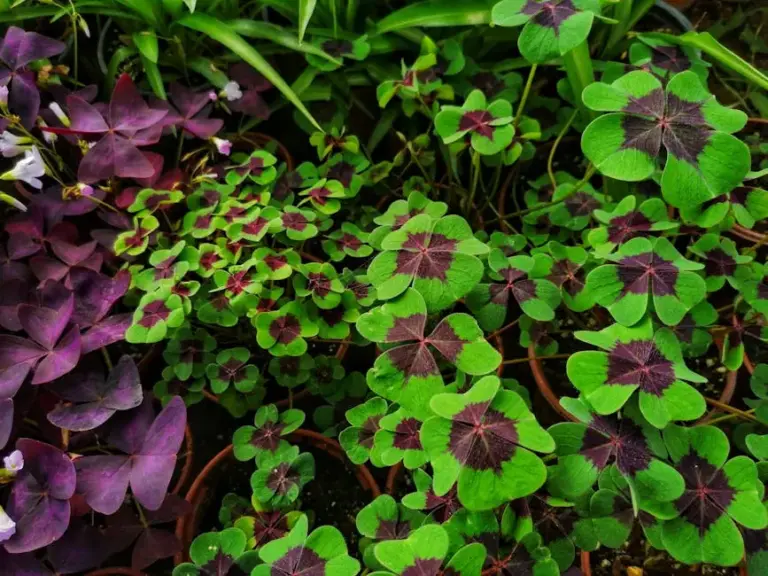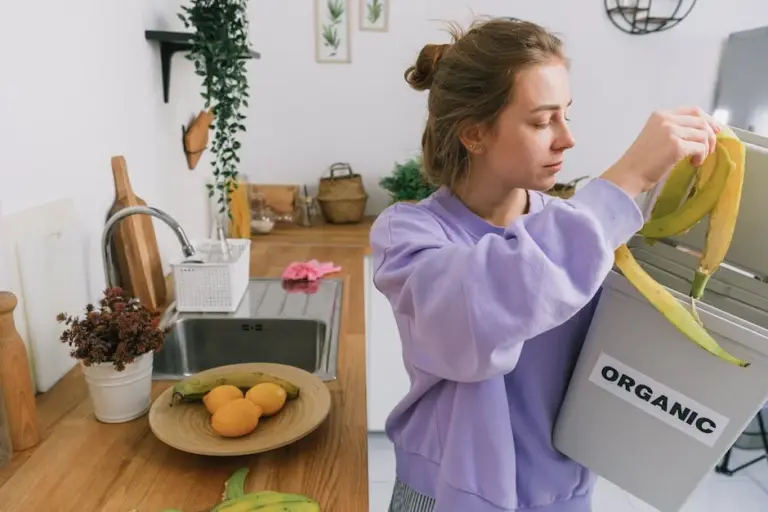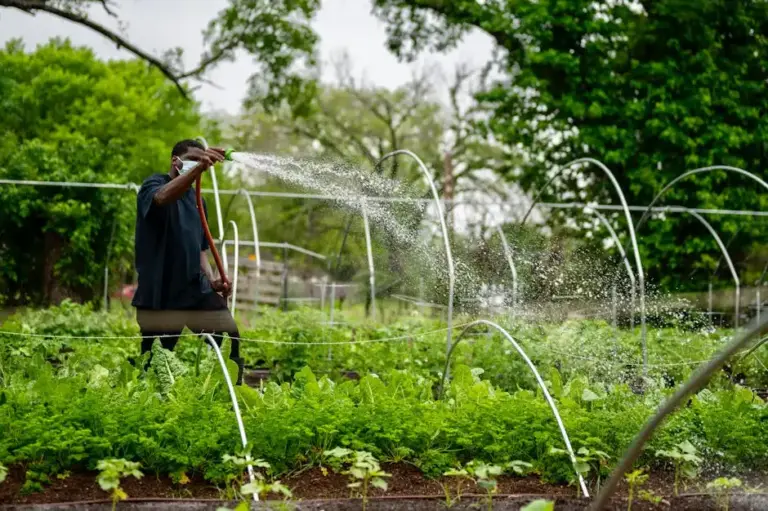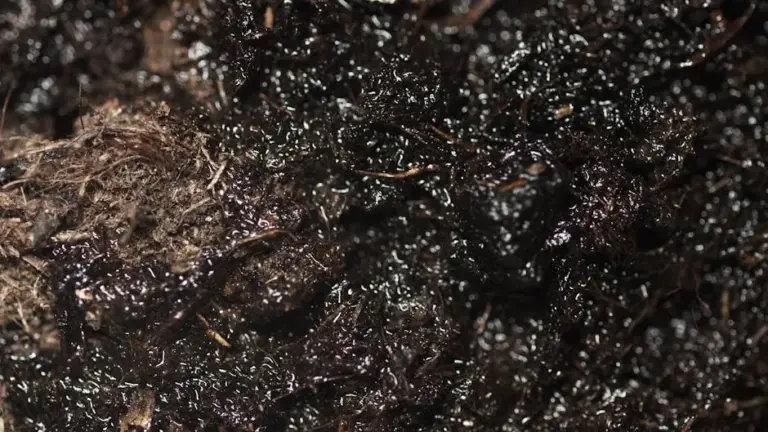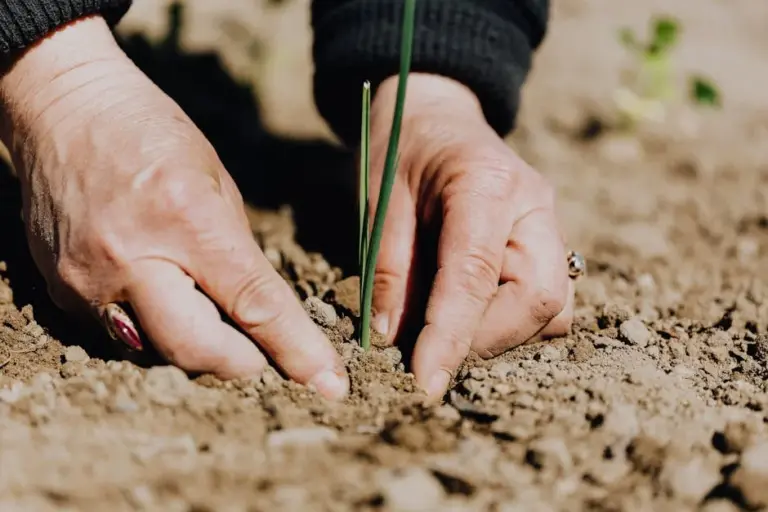How to Start a Garden When You Have No Green Thumb
Starting a garden can feel overwhelming if you think you don’t have a green thumb. Many people believe that gardening requires special skills or luck, but that’s not true. Anyone can grow plants successfully with the right approach and a little patience.
You don’t need to be an expert or have perfect conditions to create a garden that you enjoy. By understanding the basics and choosing the right plants, you can make a garden that suits your space and lifestyle. Gardening is about learning and having fun along the way.
Choose easy-to-grow plants like lettuce, radishes, or herbs
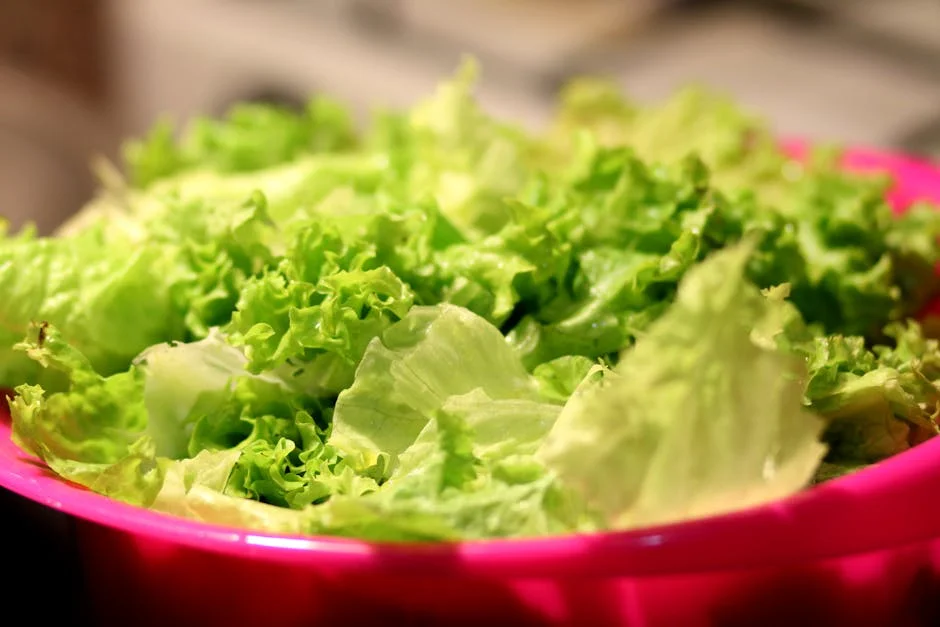
Starting with plants that require minimal care makes gardening less stressful for you. Lettuce and radishes grow quickly and don’t need much attention, so you can see results fast.
Herbs like basil and mint are forgiving and thrive even if you forget to water occasionally. They also add fresh flavors to your cooking, making your garden useful and fun.
By selecting these easy plants, you build confidence in your gardening skills without feeling overwhelmed. This way, your garden can grow alongside your knowledge and patience.
Start with raised bed or container gardening for better soil control
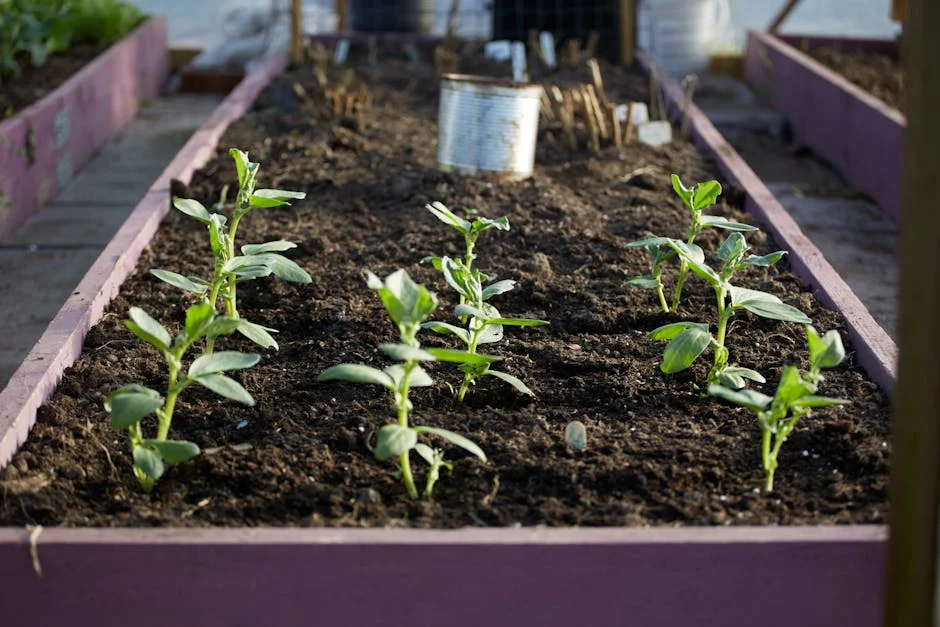
If you’re new to gardening, raised beds or containers are a great place to begin. They give you full control over the soil, so you don’t have to worry about poor or compacted ground.
You can create the perfect mix of nutrients and drainage tailored to your plants. This means healthier roots and easier watering.
Raised beds and containers also reduce weeds and make gardening more accessible since they are above ground. You’ll spend less time bending and more time enjoying your garden.
Use quality potting soil rich in organic matter
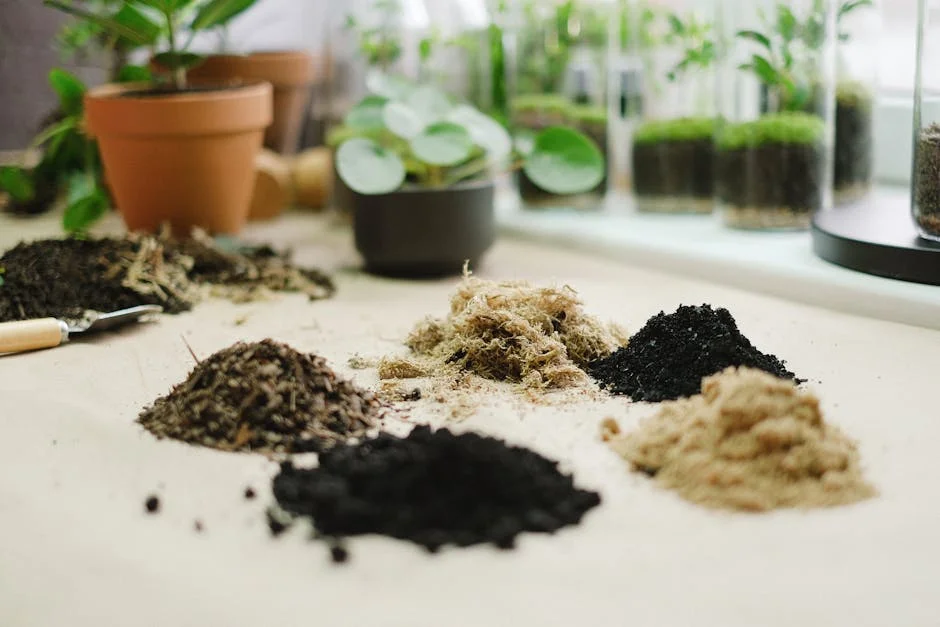
Start with potting soil that is rich in organic matter like compost and humus. This kind of soil retains moisture well and provides nutrients your plants need to grow.
Good potting soil also has a light, fluffy texture. This helps with air circulation around the roots, which is important for healthy plants.
Using soil rich in organic material gives your garden a strong foundation. Even if you don’t have a green thumb, quality soil makes it easier for your plants to thrive.
Plant seeds directly in warm soil to encourage germination
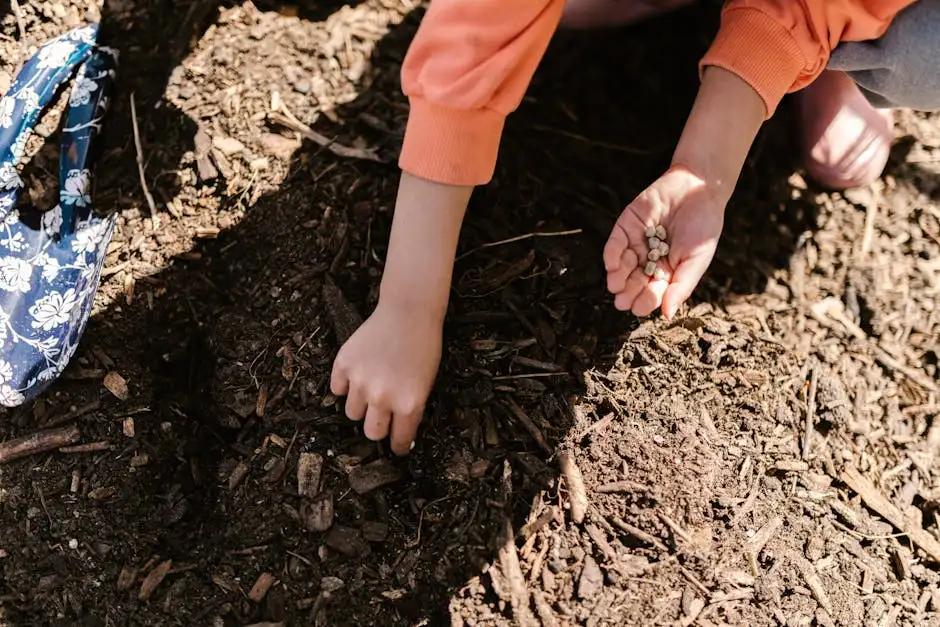
You want to make sure the soil is warm enough before planting your seeds. Warm soil helps seeds sprout faster and more reliably.
Check the soil temperature with a thermometer; most vegetable seeds need soil between 60°F and 75°F to germinate well.
Plant your seeds at the right depth—usually about twice as deep as the size of the seed.
Keep the soil moist but not soaking wet. This creates the perfect environment for your seeds to start growing strong.
Directly sowing seeds in warm soil helps simplify your gardening and reduces transplant shock.
Water plants consistently but avoid overwatering
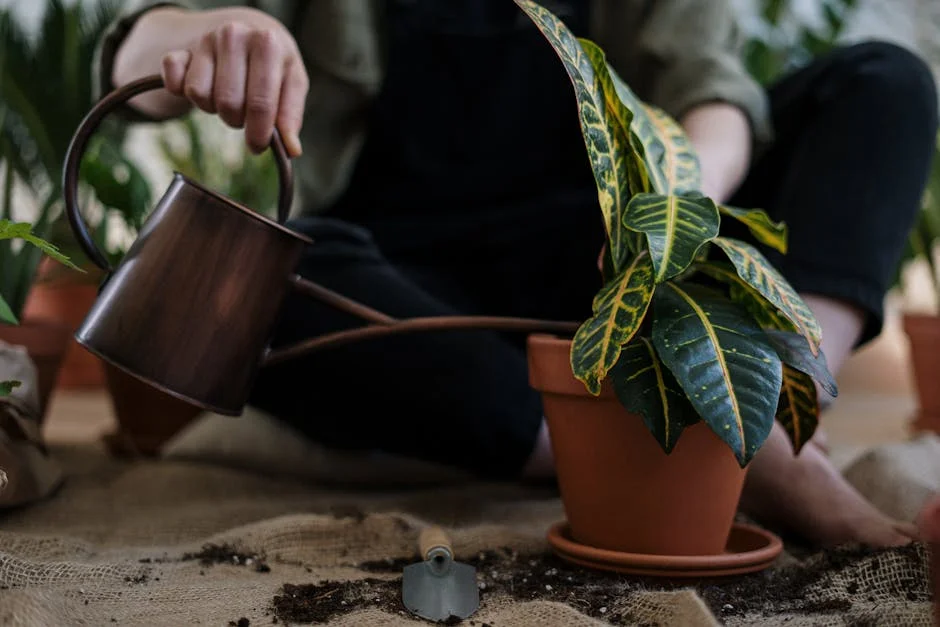
You want to find a balance when watering your garden. Water your plants regularly, but don’t give them too much.
Too much water can harm roots and cause plants to look droopy or wilted. Check the soil moisture before watering by sticking your finger about an inch deep. If it feels dry, it’s time to water.
Different plants need different amounts of water. Pay attention to each plant’s needs and adjust your watering schedule accordingly. Watering in the early morning or late afternoon helps reduce water loss and keeps your plants healthy.
Place your garden in a spot with ample sunlight
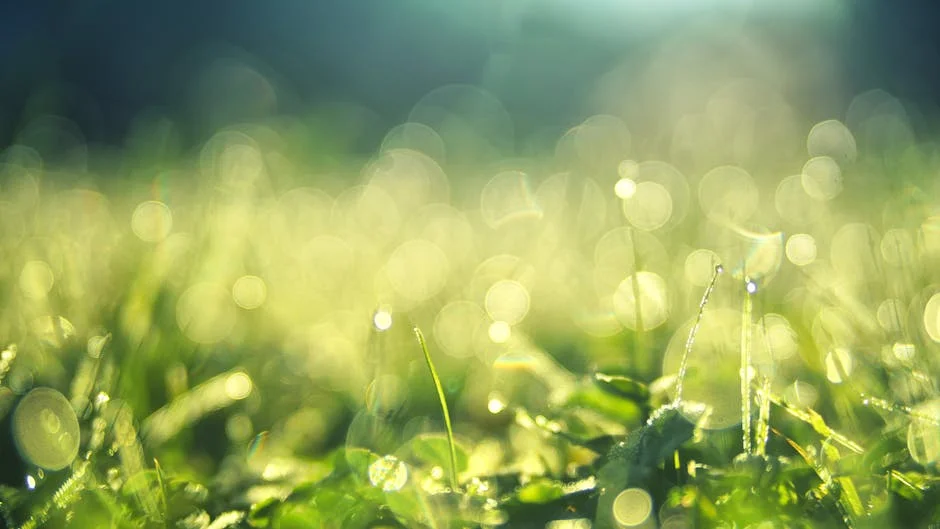
Your plants need sunlight to grow strong, so pick a spot that gets at least 6 to 8 hours of direct sun every day. Try watching how the sun moves in your yard to find the brightest place.
Avoid shady corners or areas blocked by trees or buildings. More sunlight usually means healthier plants with better yields.
If your space gets less sun, choose plants that can grow in partial shade. But whenever possible, aim for the sunniest spot you have to give your garden the best start.
Use mulch to retain moisture and suppress weeds
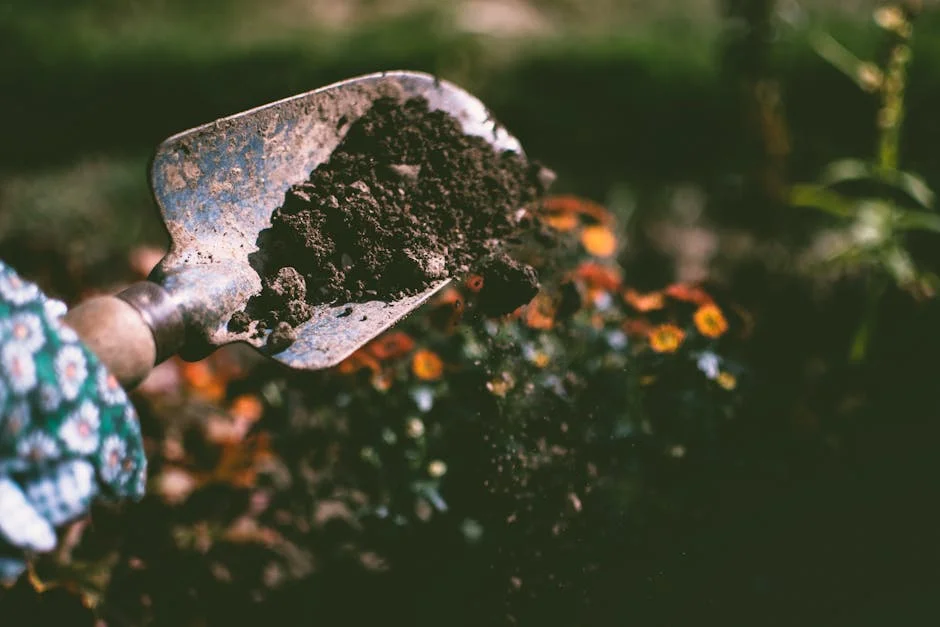
Mulch is a simple way to help your garden even if you’re not an expert. By placing a layer of mulch over your soil, you can keep it moist longer, which means less watering for you.
It also stops weeds from growing by blocking sunlight from reaching them. This saves you time pulling weeds and keeps your plants healthy.
You can use organic materials like straw, shredded leaves, or cardboard. Mulch protects soil temperature too, making your plants more comfortable as they grow.
Fertilize gently with compost or balanced organic fertilizer
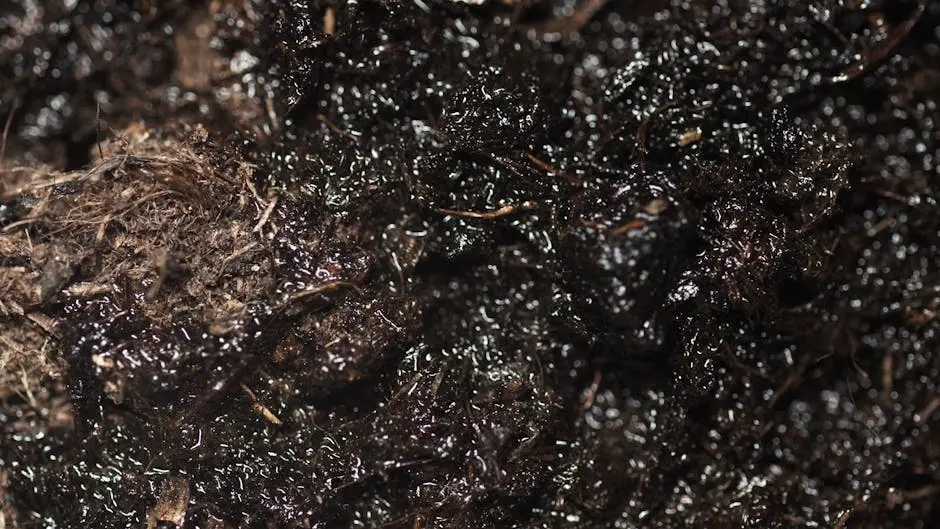
Start by adding compost to your soil. It improves soil structure and adds nutrients without overwhelming your plants.
If you choose a fertilizer, pick a balanced organic one with equal parts nitrogen, phosphorus, and potassium. This supports steady growth without causing damage.
Apply fertilizer sparingly, following package instructions. Too much can harm young plants or slow growth.
You can also use kitchen scraps to create your own compost. It’s an easy, natural way to feed your garden while reducing waste.
Remember, gentle feeding helps your garden grow strong over time, even if you’re just beginning.
Keep a gardening journal to track what works and what doesn’t
Starting a garden with little experience can feel tricky, but a gardening journal can be your best helper. Write down what you plant, when you plant it, and how it grows. This helps you see patterns over time.
Record things like weather, watering, and any problems you notice. When something works well, you’ll know to try it again. If something doesn’t go as planned, you can learn from it and adjust.
Your journal can be simple—a notebook or an app. The key is consistency. Over time, you’ll have a personal guide to make your garden grow better, season after season.
Start small to avoid feeling overwhelmed
Starting small helps you focus on the basics without stress. A tiny garden is easier to manage and keeps things simple.
When you keep your space small, you can experiment with different plants without getting overwhelmed.
You’ll build confidence as you see your plants grow. This makes gardening feel more rewarding and less like a big job.
Small gardens also let you learn at your own pace. You can add more plants later when you feel ready.
